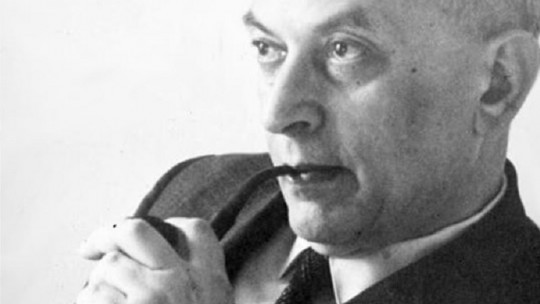Philip Zimbardo (1933-) is one of the most popular social psychologists today. He is recognized for his theories related to the situational attribution of behavior, prosocial behaviors, the relationship between obedience and authority, among others. He is especially recognized for the classic and controversial Stanford Prison experiment, carried out in the 1970s near Stanford University.
Next we will see a biography of Philip Zimbardo as well as a brief description of the experiment that led him to be internationally recognized as one of the most representative social psychologists of the 20th century.
Philip Zimbardo: biography of this social psychologist
Philip Zimbardo was born on March 23, 1933 in New York City, into a Sicilian family living in the Bronx neighborhood. In 1954, Zimbardo He specialized with a triple degree in psychologist, sociologist and anthropologist from Brooklyn College
He subsequently pursued graduate studies in social psychology and eventually earned a doctorate in the same area from Yale University. In the latter he taught classes, and he did the same at New York University and Columbia University. He was also president of the American Psychological Association (APA) in 2002, and has been the recipient of numerous awards that recognize his research as some of the most important contributions to psychology.
He is currently professor emeritus at Stanford University where he taught for 50 years, and also works as a teacher at Palo Alto University in California.
The Stanford Prison Experiment
In 1971, Philip Zimbardo, along with other researchers, conducted an experiment that led him to be recognized as one of the most representative social psychologists of the time.
This is the Stanford prison experiment, which had the objective of studying the influence of the social environment on a person’s character and actions. Through this experiment I wanted to demonstrate how social situations have the power to significantly influence individual behavior
Broadly speaking, the experiment consisted of simulating a prison at the Stanford University facilities, establishing different roles for each of the 24 men who participated.
They were randomly divided into two groups: some were guards, while others were prisoners All of them were university students and had been previously evaluated to determine a good state of physical and psychological health.
Results and implications
In exchange for their participation, they were offered financial remuneration and, at the beginning, they were asked to wear specific uniforms according to the role they play. The prisoners were taken to the prison also simulating an arrest. While there, they were assigned a number and a space. For its part, guards were prohibited from using physical violence while they were asked to run the prison as they saw fit.
Although the experiment was designed to last several weeks, it had to be suspended before the end of the first week, because each of the participants had assumed their role in such a way that serious dynamics of violence were being generated
With this experiment it was concluded, among many other things, that it is the situation that generates both violent behavior and submission to authority. Furthermore, due to the results that emerged once it was completed, Zimbardo was called to testify as an expert witness in the trials on the humiliations that occurred in the Iraqi prison of Abu Ghraib.
Some criticisms
Due to the conditions under which this experiment was designed and carried out, both Zimbardo and his collaborators have received numerous criticisms. The most widespread is the ethical questioning about the tendency of much of scientific research to generate serious situations of stress in the participants, in order to test a hypothesis
On the other hand, the possibility of generalizing their findings has been questioned, due to the homogeneity of the sample they used. In the same sense, the presence of gender biases has been questioned (for example, only men participated, including the researchers themselves), in addition to considering theories about prosocial behaviors that tend to be measured based on male behavioral models..
Later works: psychology of heroism
Currently, Philip Zimbardo continues to develop studies on prosocial behaviors , more specifically in critical circumstances, and in relation to what he has called “heroism.” He is founder and president of the Heroic Imagination Project, where important work has been done on the “Psychology of heroism” and the training of “heroic behaviors.”
Outstanding works
Among Philip Zimbardo’s most notable works are The Lucifer Effect: Understanding How Good People Turn Badwhere analyzes the parallels between the Stanford prison experiment and the abuses in the Iraqi prison of Abu Ghraib Other important works of his are Psychology and lifeand The paradox of time.









